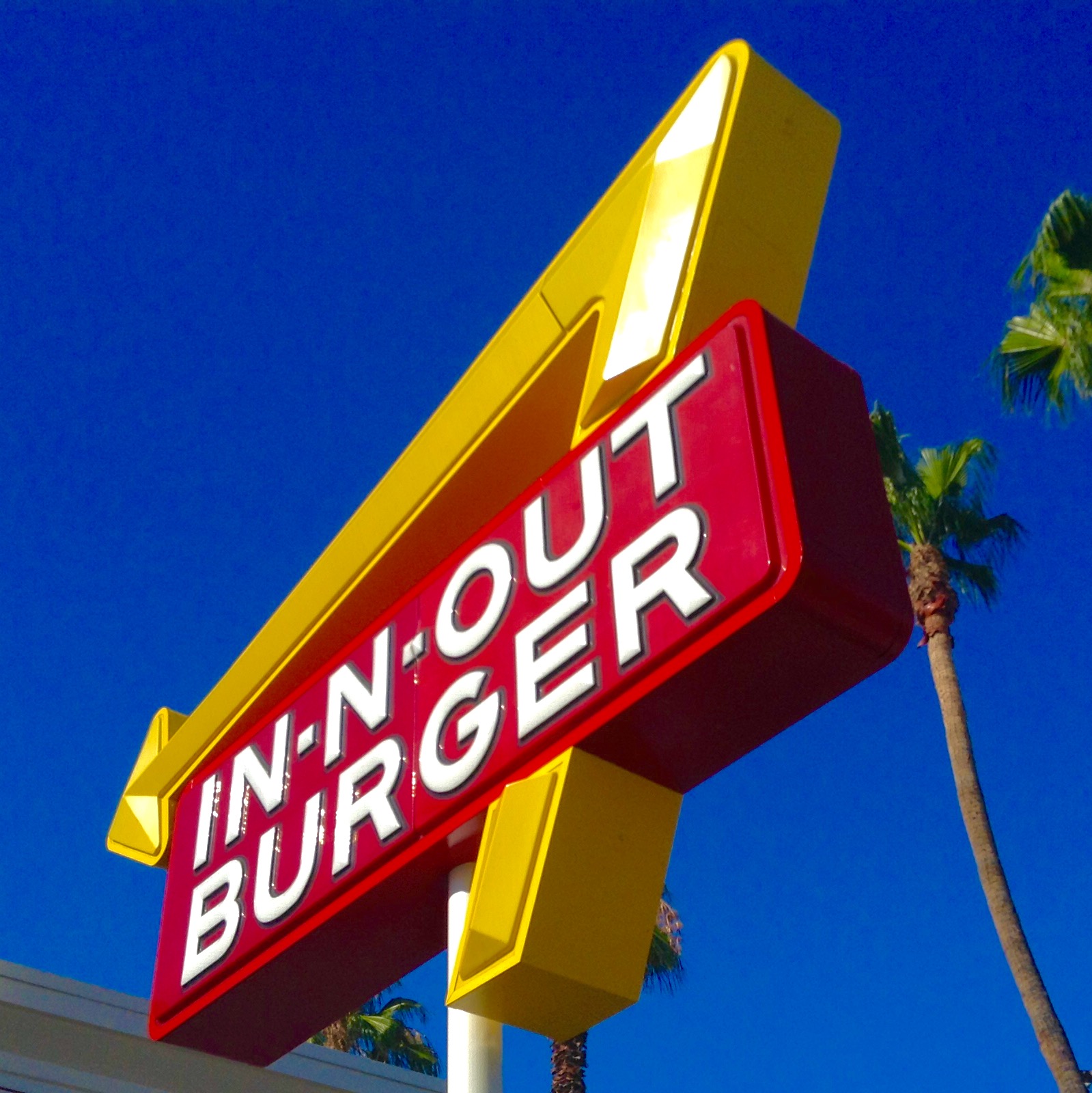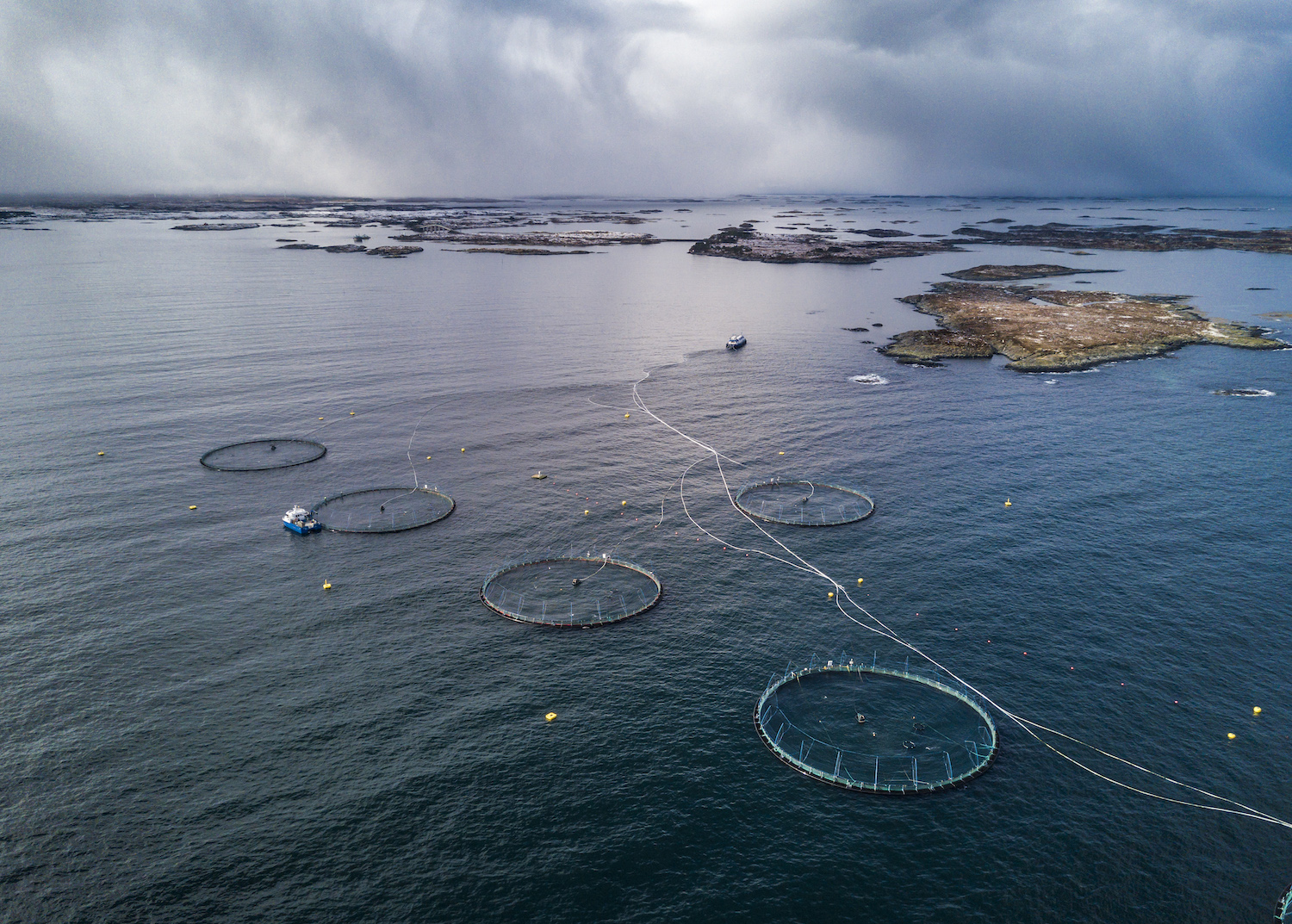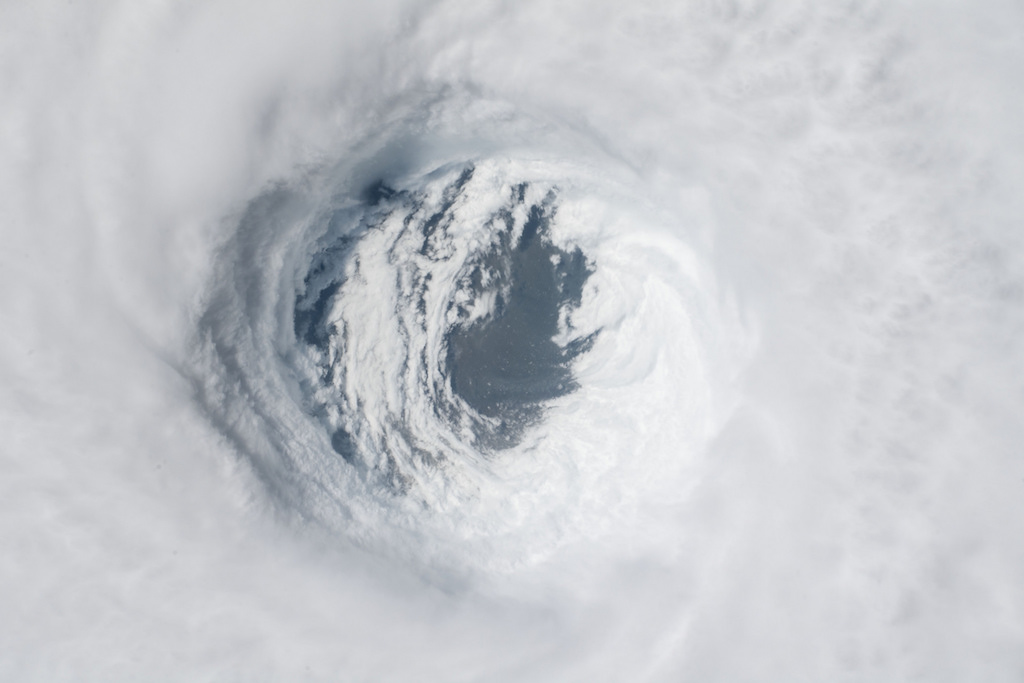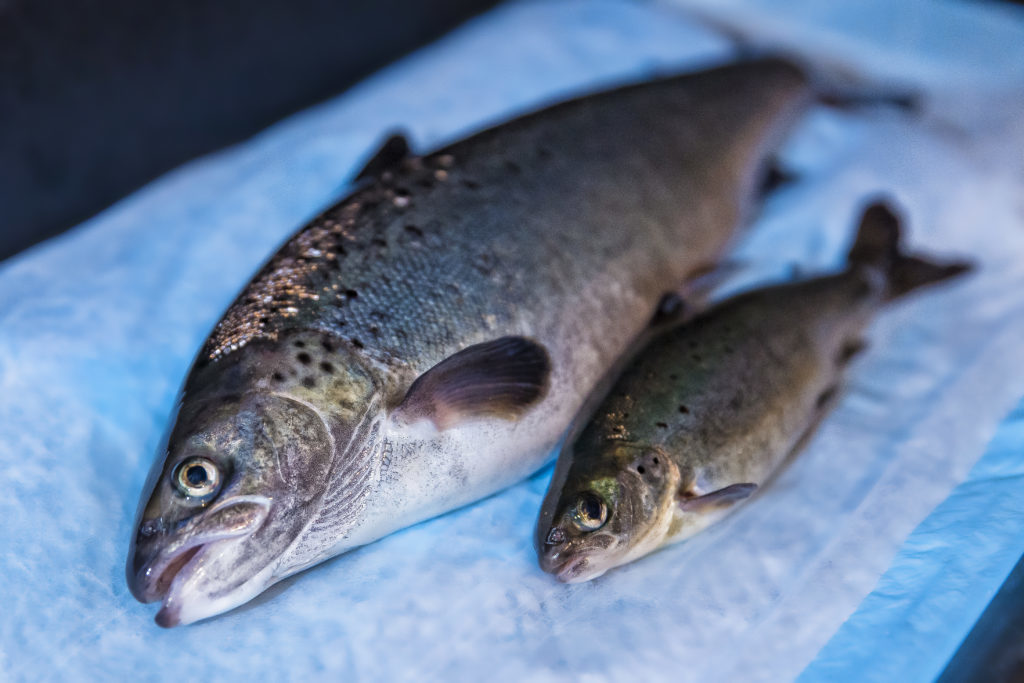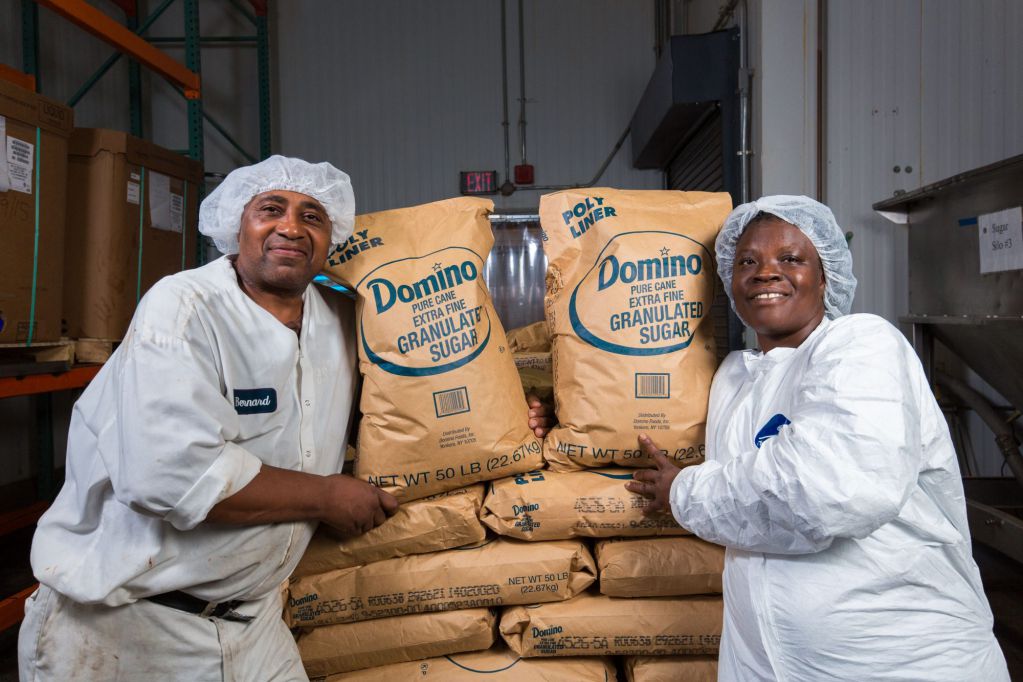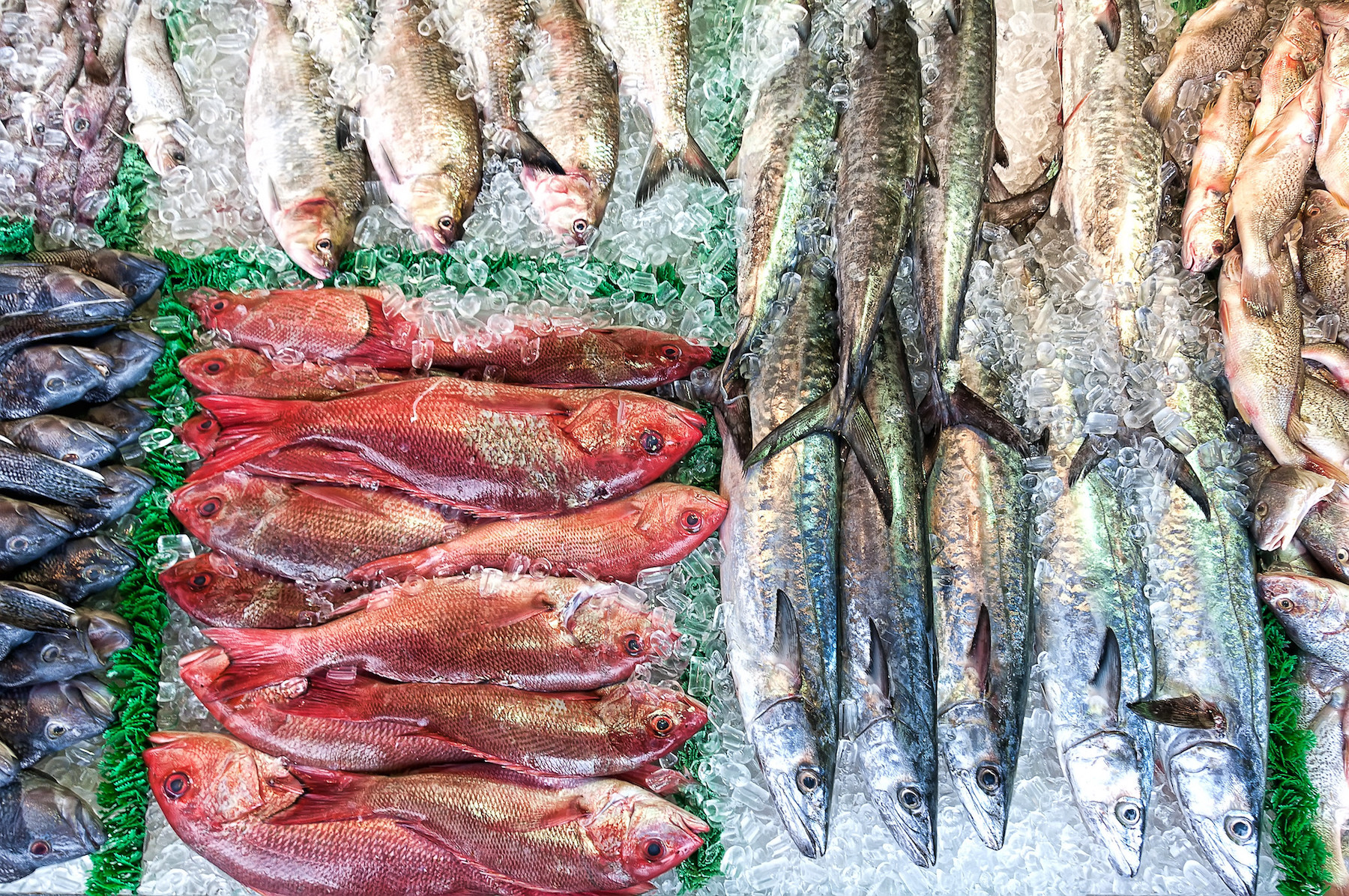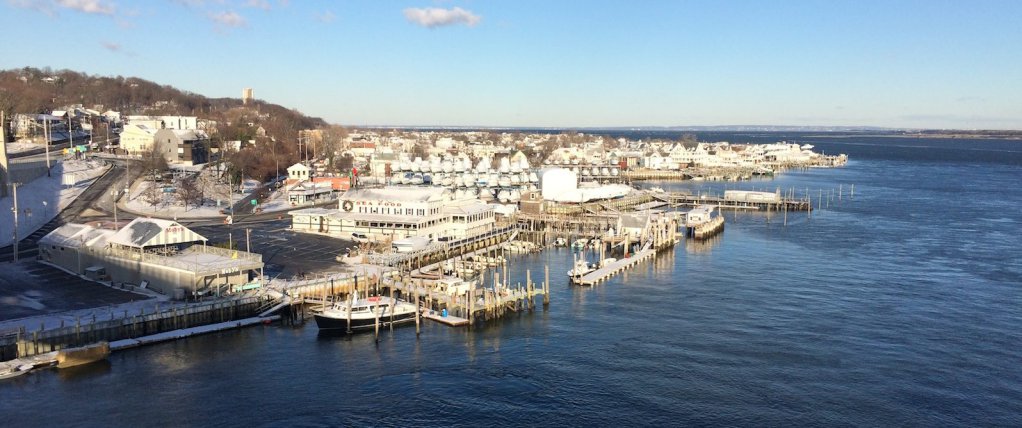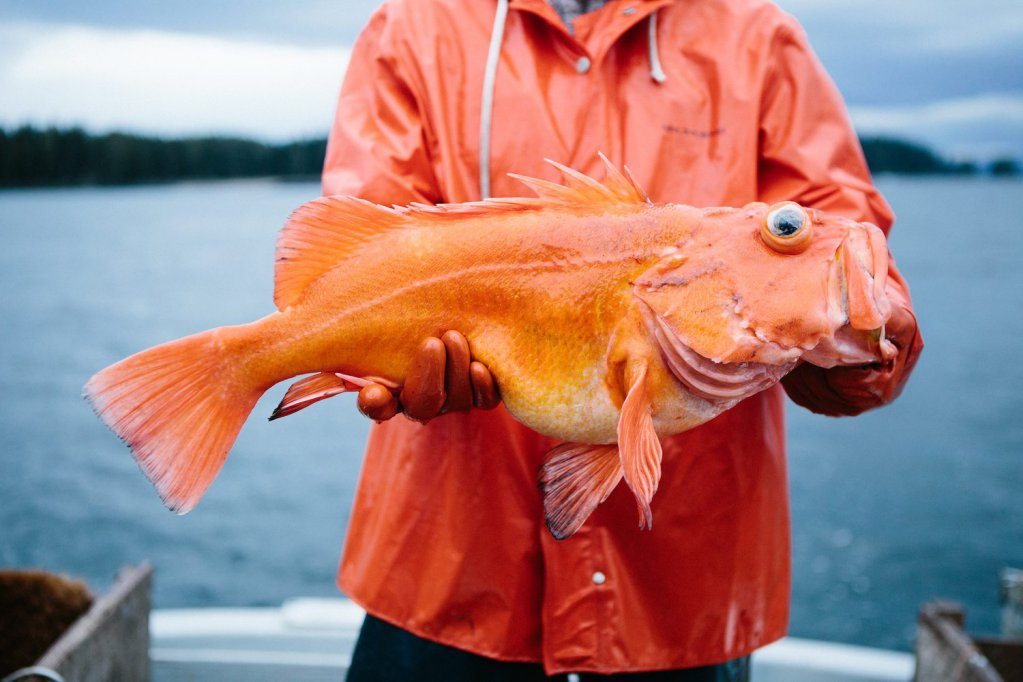
Kelley Jordan
You know about community supported fisheries (CSFs)—sustainable, transparent supply chains of ethically sourced or captured fish that promote care, craft, and consciousness from dock to dish. They’re intimate food systems that create a community of responsibility and reverence for the product on which so many livelihoods are built.
CSFs are about local food at its most local, focused on getting the freshest product from the boat to the consumer as quickly as possible.
Or maybe not. Maybe the local aspect of the CSF is negotiable. Maybe you can have the intimacy and care and responsibility along with a supply chain that extends, say, 2,264 miles.
Totally possible, say the founders of Sitka Salmon Shares, a CSF based in Galesburg, Illinois, a landlocked prairie town of weathered, vacant factories and empty, weed-dotted parking lots.
It may seem an unlikely location for a salmon business, but since late 2012, pursuing a grassroots, one-city-at-a-time strategy, Sitka has seen enough growth in sales and distribution to establish hubs in major cities like Chicago and Indianapolis, allowing the company to spread to more than 10 major metro areas across the Midwest. With projected annual sales of $4 million this year, Sitka currently has more than 2,500 members, more than 100 wholesale accounts, and is poised to move roughly 100,000 pounds of salmon this year, making it one of the largest community-supported fisheries in the nation. The company employs a number of full-time employees in several locations and works with 13 sustainable fisherman- owners with the hope of increasing that number to 20 by year’s end. The company also recently opened its own processing and packaging facility in Alaska to streamline its supply chain and leverage greater control of its product from the boat to the consumer, a process that today typically takes about 20 days from dock to dish and includes flash-freezing, transportation from Sitka to Galesburg, and then on to customers.
“When people saw our original business plan back in 2012, they kind of laughed at us,” says Nic Mink, founder and CEO. “Premium, high-scale seafood from the middle of Illinois? They definitely laughed at us a bit.”
 Kelley Jordan
Kelley Jordan Founder and CEO Nic Mink
Mink first got the idea in 2012. He worked then (and still does) as a part-time professor of environmental science at Knox College, a small, liberal arts school in town. He accompanied two of his students on an internship with Sitka Conservation Society, an organization that focuses on salmon habitat restoration and conservation. The locale was Sitka, Alaska, population 8,881, a small city-borough in the Alaskan Panhandle. When they’d been there several months working with the local community on environmental and sustainable fishing and food sourcing, Mink and his students realized the organization needed more funding and decided to reach out to the community back home at Knox. Would the folks in Galesburg be willing to commit to purchasing in advance 5- and 10-pound shares of locally sourced, sustainably harvested Sitka salmon?
They were. “We sold something like 750 pounds with no sweat,” says Mink, who transported those first flash-frozen portions back to Galesburg himself and delivered them personally. “We raised something like ten grand.” But then a funny thing happened. Mink and the fish got back to Galesburg in August or September, and a month later people were already asking for more fish. “We started thinking maybe this is something we can bring to market, and how would we go about doing that? We got a business plan together, me and three students, and started figuring things out on the fly. It was pretty crazy, but it was a relatively small idea back then.”
 Kelley Jordan
Kelley Jordan The fish are flash-frozen before shipping
They presented their business plan to several people within the Knox community and secured enough startup capital to open their doors. Working with a few local farmers and CSAs, Sitka Salmon Shares set-up shop in a small, community-run business center on the outskirts of town and began sourcing salmon from a handful of fisherman in Sitka and distributing the product in Galesburg; Madison, Wisconsin; and Minneapolis—markets where Mink and his students already had existing business and personal connections. A handful of area restaurants and vendors jumped at the chance to buy Sitka’s product, but building a supply chain that extended all the way to individual consumers was trickier.
“Some people we tried to partner with thought it was too much work,” Mink says. “They were worried about transporting the fish, storing it, things like that. So we decided to basically do some of this work ourselves.”
That first fall and winter, the CSF operated out of a single, small freezer in the community center. Product from Alaska was flown in to regional airports in nearby Peoria and Moline, Illinois. Mink and his crew made weekly or bi-weekly deliveries to local share owners in their own personal vehicles, spreading the word of their product on essentially a door-to-door basis. Small ads in Isthmus, a Madison-based alternative weekly, helped boost sales and exposure, resulting in small spikes in demand. But much of Sitka’s survival was due to word of mouth from the small, passionate group of shareholders concerned with responsibly sourced food systems.

After the fish arrive in Galesburg, they are delivered to customers throughout the Midwest
Marsh Skeele was the first Sitka fisherman Mink worked with on that original fundraising effort. A commercial fisherman by trade, he’s been a part of the company ever since, transitioning and dabbling in several different roles within the company: fishing, production, distribution, and operations. But back in 2012, as a newly minted commercial fisherman, Skeele says that success on any level was hard to imagine. He had just purchased his first boat, was in debt from that purchase, and needed something to help pay the bills. So, like many in the Sitka story, he took a gamble.
“We really had to bootstrap it,” Skeele says. “It wasn’t like we had tons of money. I worked unpaid for a long time, Nic worked unpaid for a long time. It was really a challenge. But we also believed in it. We believed in what we were doing, in the product and how we were going about getting it to people. We just hustled.”
 Kelley Jordan
Kelley Jordan Much of the fish is caught in Sitka, Alaska
Today, nearly four years later, things are looking good. Sitka is in the black, but it still faces challenges in raising additional capital to keep growing, meet demand, and field enough staff to operate without cutting corners or sacrificing its mission—to not fall into the trap of so many commercial fisheries who end up losing their respect for the product and selling out the people behind it.
“A lot of the company’s mission to provide eaters with good fish has to do not only with quality, but also transparency, education, and building a real community around it,” says Genevieve Crow, Sitka’s special projects coordinator and one of the original interns who helped launch the company. “Our storytelling is really the most important way we interact with our customers.”
“Honestly, I don’t like to think of it as a ‘product’”, explains Steele, who frequently participates in farmers’ markets, lectures, and other outreach events to engage customers in the Sitka story and educate them on the importance of sustainable fishing. “Yes, our fish is coming from some of the best fisheries in Southeast Alaska. In the world, really. But so much of what we do is telling the story of how the fish got there, the people who made it all happen. Then, people eat it and can say, ‘Hey, I know the people who caught this and I help support them.’”
Mink travels to Sitka multiple times each year to oversee operations, foster relationships with more fisherman, and search for new and exciting ways to communicate the Sitka Salmon Shares message. “Sitka, Alaska is one of the most beautiful places in the world,” Mink says. “I fell in love with that place, its people, and its story. The people who have the most fidelity to our company are those who get the story, who understand it, who identify with it. That story creates a connection. And that’s what we’re all about.”
 Kelley Jordan
Kelley Jordan Back in Galesburg, the salmon shares are ready for delivery
What about the fact that Mink is trying to build an alternative seafood pipeline based in a prairie town 2,000 miles away? “What we’re doing means a lot more here,” says Mink. “You talk to our employees in Madison or Chicago, they get the sustainable food system aspect—the social justice, better wages, fair prices, more ecologically sensitive harvest. But you talk to our employees in Galesburg, it’s more like there’s hope for the town, you know? That’s the real value. It’s pretty clear.”

